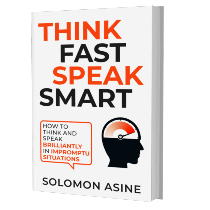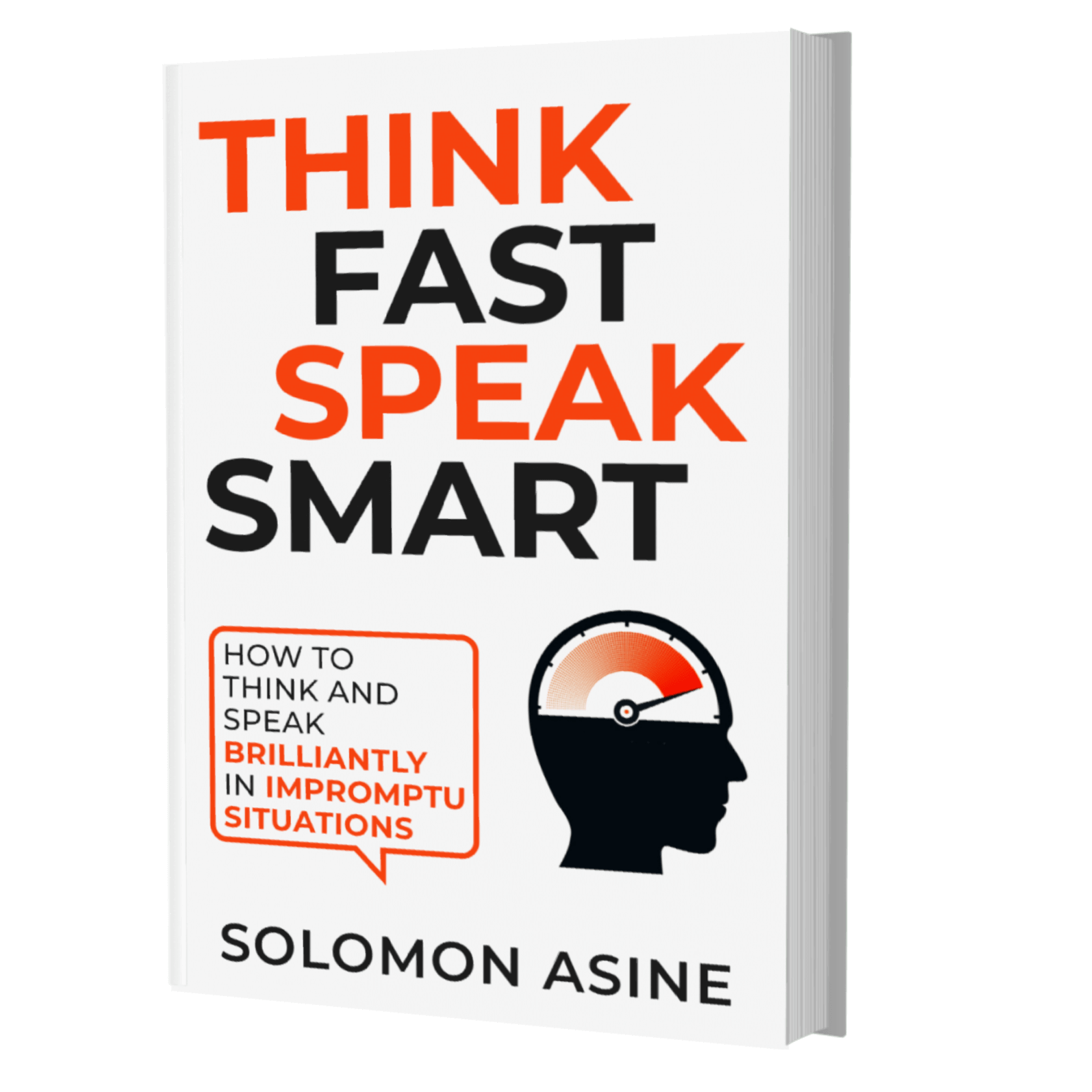
Leaving a Toxic Job: 10 Steps to Get Out
Have you ever found yourself stuck in a job that drains the life out of you? A challenging 9 to 5 job can be difficult
The ending of your speech. It contains the last words your audience will hear you say. They might also be the words that change everything. And so, knowing how to end a speech is very important. In my article on how to start a speech, I mentioned that the two most important parts of a speech are the introduction and the conclusion.
One reason why the introduction and conclusion are very important is the Primacy and Recency effect, also called the Serial-position effect. It is a cognitive bias of how humans remember series of events. We tend to remember the beginning and ending more than the middle. And so, when you treat the conclusion of your speech with levity, it not only makes you look unprofessional, it also depletes the overall strength and impact of your speech.
Unfortunately, some too many speakers do not take the conclusion of their speech seriously. I have seen cases where a speaker comes to the end of a slide and says, “oops! I guess this is the end,” or any other statement that reflects a thoughtless ending. You don’t want to be that person.
The conclusion of your speech is your last impression you have on your audience; it lingers. It is just like a good movie with a terrible ending. No matter how good the beginning and middle of the movie is, you leave the theater disappointed. And you most likely wouldn’t recommend it to a friend.
There are two things that you should do in the conclusion of a speech, no matter the approach you decide to adopt in your closing. Let’s look at these two things before we discuss the seven strategies to end a speech.
When you get to the conclusion of your speech, you have to slow down. Make each word count with the use of more pauses. Be intentional and emphatic. You want your audience to know that you are wrapping up. Doing this will enhance the impact of your closing message.
Give a call to action
I think every speech, particularly persuasive speeches, should have a call to action. What do you want your audience to do based on what you just told them? Don’t ever assume they would use their initiative and take action. If you need them to do something, tell them at the end of your speech.
Now let’s look at some of the most effective ways to end a speech.

You’ve spent some time talking to your audience about a subject. One of the most important things that you can do is to recap all that you’ve said. You want them to remember and take to heart all you just told them. Example:
“I will end by reminding us of these very important points…”
Some speeches might not require you to list every point. But what is the one thing that you talked about that you want them to remember? Example;
“If you forget every other thing that I have said today, I want you to remember this one thing…”
Just as opening with a story if effective, closing with a story is very powerful. Not just any story, but a story that relates to your subject matter and one that has a call to action. Because stories are easy to remember, your conclusion, and ultimately the message of your speech, stays with your audience for a very long time. For example, I still remember some of the speeches that I heard as a child. Such is possible because they contained stories.
Saying a relevant and preferably memorable quote can make your ending impactful. There are many quote out there. Quotes from famous figures (preferable). Those that you can tie to your speech. Find a quote that leaves a strong impression on your audience. For example, in a speech on climate change, you could end like this:
I will end with the words of Barack Obama, “Climate change is no longer some far-off problem; it is happening here; it is happening now.”
Going back to your introduction is also a great way to end your speech. It is an indication that your speech has gone through a full circle. If you started with a story, you could end be revisiting the moral of the story as your call to action.
Take this example. I started a speech telling the story of an eagle hatched with chickens. I ended the speech along the lines of:
“Are you like the eagle hatched with chickens? Do you feel like you are living a life that is beneath you? Just as that eagle came to itself…”
5. End with a question
Sometimes you want your audience to keep thinking about what you just told them. Nothing could be more effective than asking a question or series of questions. Remember, questions make us think. For example. Let’s say your speech is on physical fitness. You could end your speech like this:
“What are you going to do about your physical health when you walk out of these doors? Are you going to sit and complain about how bad things are? Or are you going to take control of your life and make transformational changes? I urge you to make the right choice.”
Stylistic devices or rhetorical devices are key elements in persuasive speeches. Some examples of rhetorical devices are anadiplosis, anaphora, asyndeton, polysyndeton, synecdoche, and a host of others. Ending with a rhetorical device leaves the audience motivated, energized, and excited. Here is how Winston Churchill ended his “We Shall Fight on the Beaches” speech with anaphora:
“We shall go on to the end. We shall fight in France; we shall fight on the seas and oceans, we shall fight with growing confidence and growing strength in the air, we shall defend our island, whatever the cost may be. We shall fight on the beaches; we shall fight on the landing grounds, we shall fight in the fields and the streets, we shall fight in the hills; we shall never surrender…”
No matter how dreary your speech is, you want to leave your audience cheerful, motivated, aware, having an assurance that things could be better, that there is a solution, and so forth. So, make sure to end your speech on a positive note.
You just read through the most effective ways to end a speech. I encourage you to practice and use these strategies to end your speeches. When you do, you will notice a phenomenal difference in your speeches.
To empower you to cultivate a strong self-esteem that transforms your relationships and equips you to overcome life’s obstacles with resilience
New!!! Free Training Replay in...
Check out our latest articles. Boost your social intelligence

Have you ever found yourself stuck in a job that drains the life out of you? A challenging 9 to 5 job can be difficult

You can express yourself confidently without feeling shy or experiencing burnout. Here is how to exude confidence as an introvert. As an introvert, maintaining your

Anyone, including introverts, can live an interesting and fun-filled life. Here is how to be interesting as an introvert. Generally, many people believe that introverts

We sometimes wonder if going into a relationship with a fellow introvert is a good idea. I mean, won’t the relationship be as boring as hell? Maybe not really!

Are you ready to get out of your shell to start your dream business? Here is how to be an entrepreneur as an introvert and become successful!

As an introvert, you might be wondering if you really can become successful as a business owner. Read on to know how business success works for introverts.

Sign up for our mailing list and you will receive the first chapter free!
By signing up, you agree to our terms and privacy policy.
Warning: Apply The Methods in This Training Responsibly

Sign up for our mailing list and get the first chapter for free!
By signing up, you agree to our terms and privacy policy